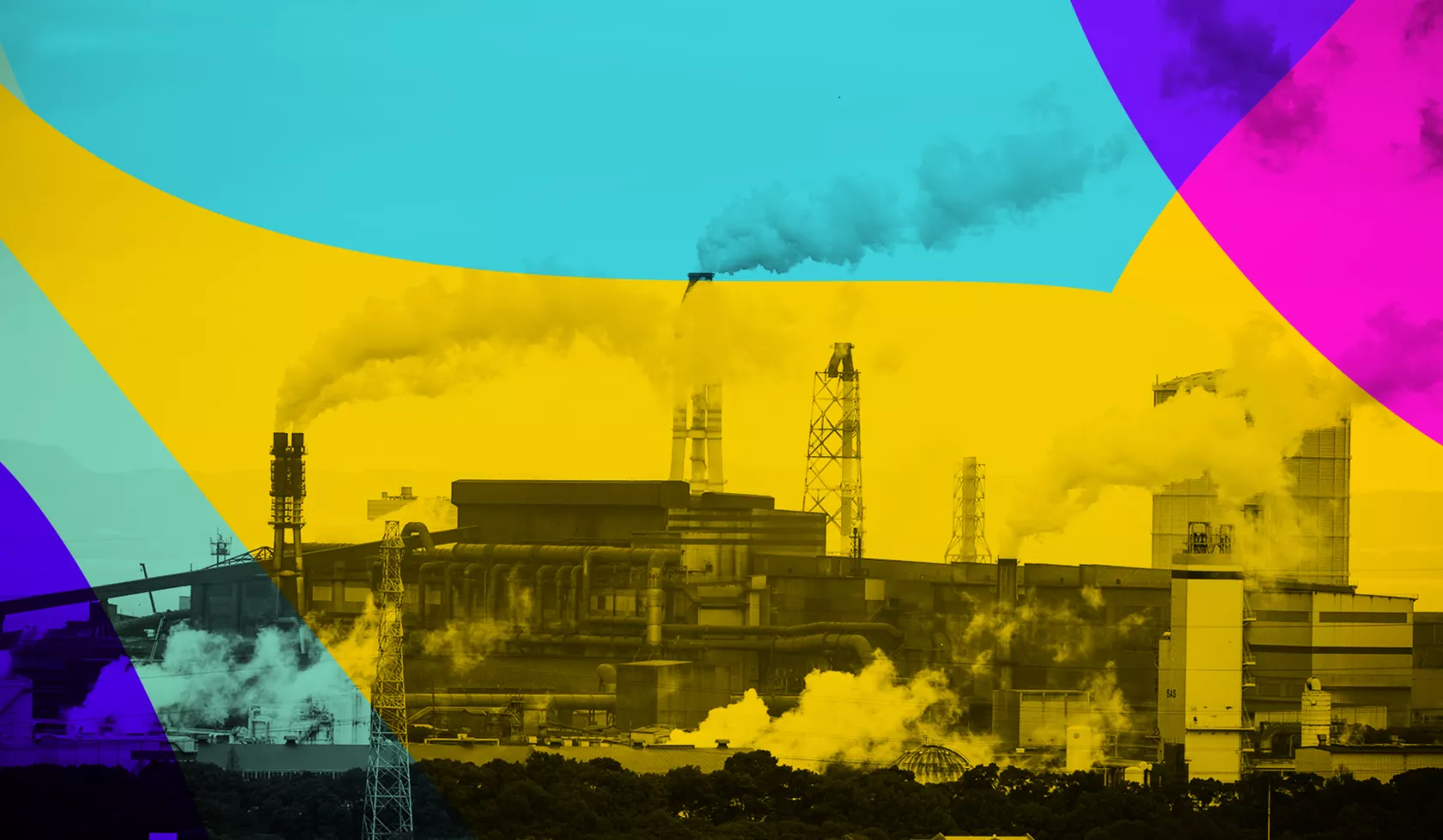
Fumes Across the Fence-Line: The Health Impacts of Air Pollution from Oil & Gas Facilities on African American Communities

The oil and gas industry dumps 9 million tons of methane and toxic pollutants like benzene into our air each year. Methane is a greenhouse gas 87 times more potent than carbon dioxide at driving climate change and the oil and gas industry is now the largest source of methane pollution in the U.S. But methane is just one harmful air pollutant from the oil and gas industry.
This paper, written in partnership with the Clean Air Task Force, sheds light on the health impacts of air pollutants from oil and gas facilities that specifically threaten the health of African American communities living near oil and gas facilities and in areas far from oil and gas production. The life-threatening burdens placed on communities of color near oil and gas facilities are the result of systemic oppression perpetuated by the traditional energy industry, which exposes communities to health, economic, and social hazards.
Environmental and energy justice issues are multilayered. Thus, the approach to tackling these issues must also be multilayered. African American and other fence-line communities, such as people who are low-income, can organize to fight the intentional polluting of their neighborhoods. The first step is to address the many ways fossil fuels taint our communities, including the air pollution from oil and gas development.